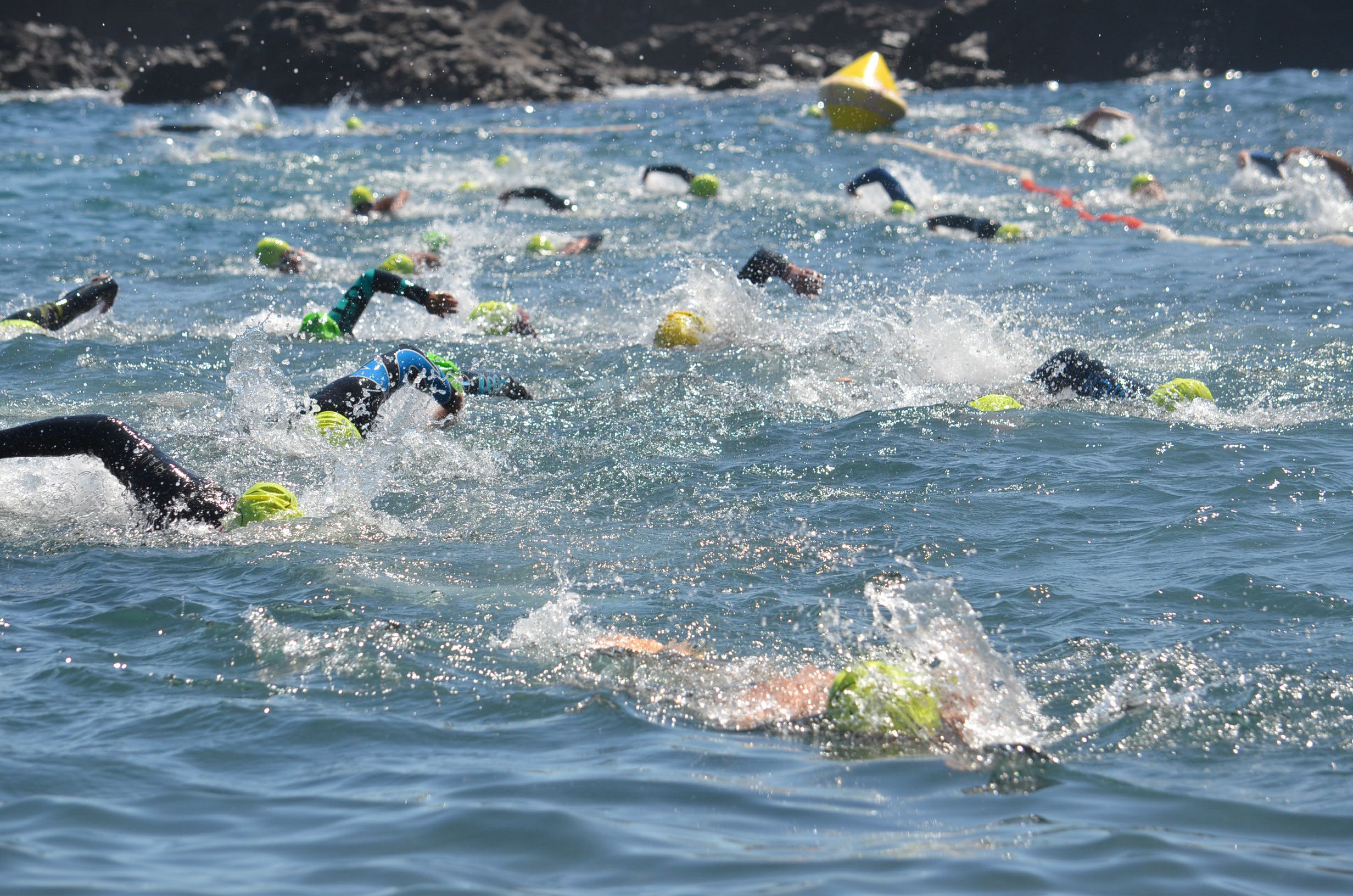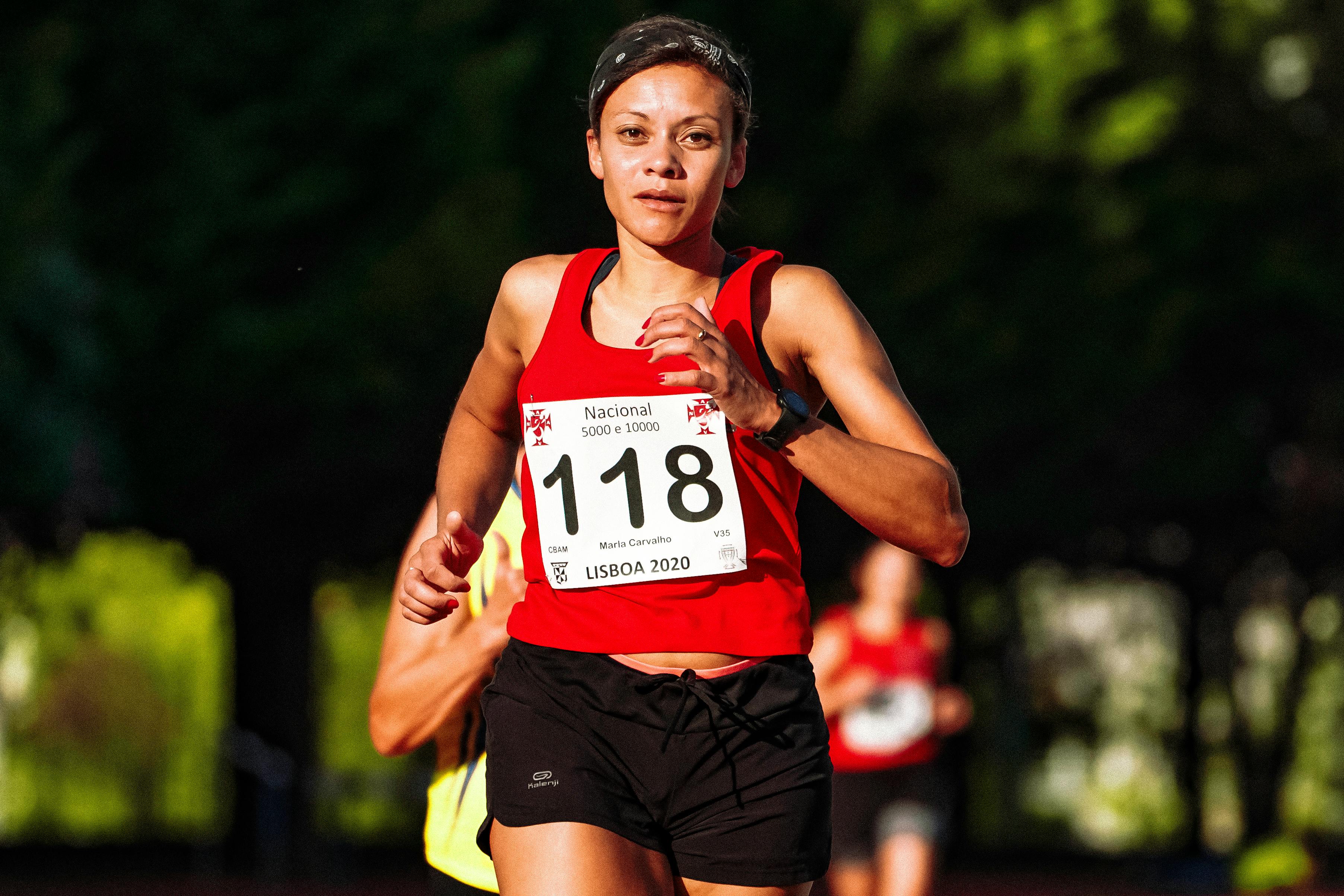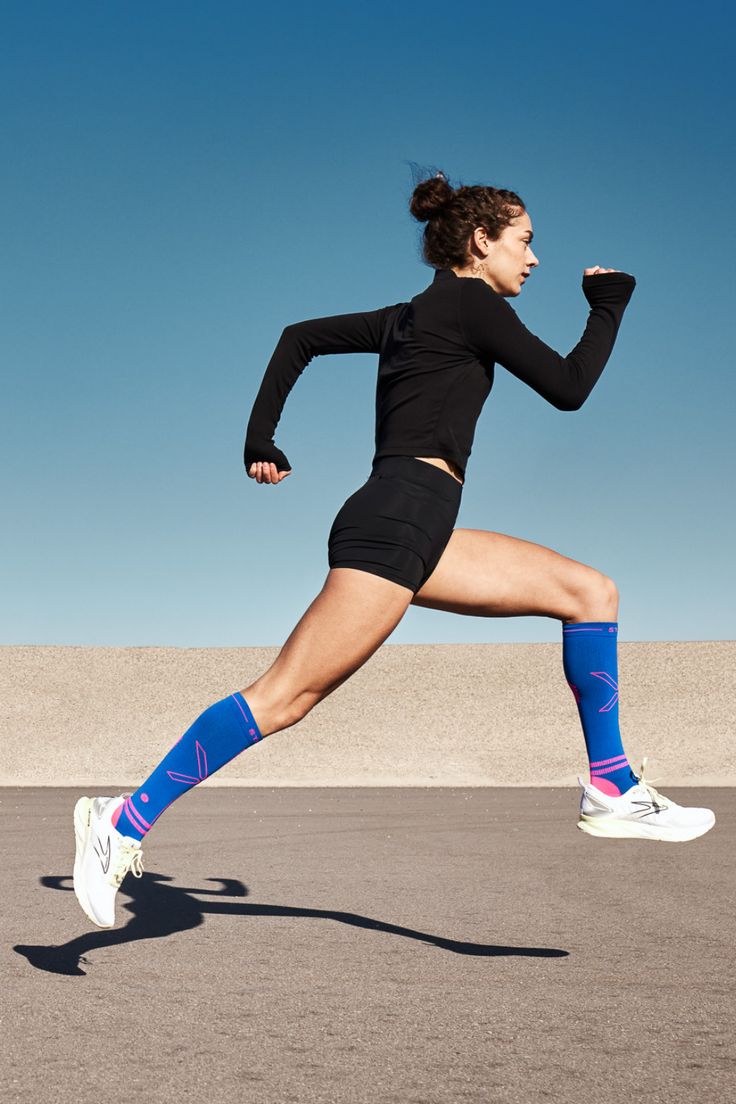.jpeg)
Ever wondered what it takes to conquer the ultimate test of endurance, where swimming, cycling, and running seamlessly merge into one challenging race? Strap in as we delve into the heart of the matter and unravel the secrets behind 'What's a Triathlon?’'
But here's the twist – what if your genetic code held the key to not just participating but dominating the triathlon course? Let's explore how your genes set the pace in this exhilarating journey of athleticism and discovery.
You may also like:
- How to Master Aerobic Endurance: Benefits and Exercises
- Stamina vs Endurance: Explaining The Differences
- Energy Metabolism: Definition, Function, and Regulation
What’s a Triathlon?
At its core, a triathlon is not just a race; it's a testament to human endurance and versatility. So, what's a triathlon, you ask? Picture this: the adrenaline rush of diving into open water for a swim, the wind in your face as you power through miles on a bike, and the rhythmic pounding of your feet on the pavement during a run.
It's the fusion of these three distinct disciplines that define a triathlon. From the sprint distance to the grueling Ironman, triathlons challenge athletes to push their limits across swimming, cycling, and running—all in a single event.
As we unravel the intricacies of 'What's a Triathlon,' we'll also uncover the genetic factors that play a pivotal role in determining who excels in this demanding sport, making it not just a race against the clock but a race influenced by your unique genetic blueprint.
If we were to cut to the chase, we would say that a triathlon is a multi-disciplinary endurance sport that combines three distinct disciplines into a single race. The three components typically include swimming, cycling, and running, and athletes transition from one segment to the next without stopping the overall race clock. Triathlons vary in distance, with the most common being:
- Sprint,
- Olympic,
- Half Ironman
- Ironman distances.
What are the Origins of Triathlon?
The origins of the triathlon trace back to a moment of spontaneous athleticism and friendly competition. Picture the scene: it's 1974 in San Diego, California. A group of friends, fitness enthusiasts from the San Diego Track Club, found themselves engaged in a debate over who were the fittest athletes—swimmers, cyclists, or runners. To settle the dispute, they devised an ultimate challenge: a race encompassing all three disciplines.
And so, the first triathlon was born. With a swim in the Pacific Ocean, a bike ride around Mission Bay, and a run to the top of Mount Soledad, the inaugural event marked the birth of a new sporting phenomenon.
From this casual showdown among friends emerged a global movement that continues to captivate athletes and fitness enthusiasts today. The origins of the triathlon reflect the spirit of camaraderie, adventure, and the relentless pursuit of personal excellence that defines this extraordinary sport.

What are the Requirements for Triathlon?
Embarking the exhilarating journey of triathlon requires more than a running shoe, a bike, and a swimming suit.
A triathlon competition is divided into groups based on the length and distance of the three sports. Individuals can join any category they feel most comfortable with, which is usually determined by the participant's fitness level and experience.
There are various triathlon distances, and here are the top four most popular:
- Sprint: 750m swim, 20km bike ride, and 5km run
- Olympic: 1.5km swim, 40km bike ride, and 10km run.
- Half marathon or 70.3 miles: 1.9km swim, 90km bike ride, and 21.1km run
- Full or Ultra: 3.8km of swimming, 180km of biking, and 42.2km of running
It doesn’t matter which type of triathlon you’ll be attending, some essentials will set you on the path to success on this thrilling challenge.

How Do You Train for a Triathlon?
As we mentioned before, it's not just about reaching the end goal, but rather about the incredible journey of discovering yourself, overcoming challenges, and achieving personal victories. Getting ready for a triathlon is about more than just physical training. It's a whole-body experience!
It's all about building up your mental strength, getting your gear just right, and carefully mapping out every step of the race.
Mental Resilience
Triathlons require both physical and mental strength. Being able to stay focused, motivated, and resilient even when feeling tired or facing challenges is really important. It’s important to work on a mindset that embraces challenges and sees each obstacle as a chance for personal growth.

Basic Gear
You don't need a fancy, futuristic suit to get started, but having the right gear is really important.
To race you will need the following kit as a bare minimum:
Swim
- Swim cap, often provided by the race organizer
- Swim goggles
- Swimsuit or tri-suit
If the race is in open water, you’ll also need a wetsuit which you can rent if you don't want to buy one yet.
Bike
- Bike
- Cycling or triathlon shoes or you can just use your trainers
- Shorts and a top – can be normal shorts and a T-shirt or bike shorts and a jersey
- Helmet
- Socks
Run
- If you're not wearing a tri-suit, it might be a good idea to switch to a new top and shorts.
- Running shoes.
Strategic Planning
Triathlons are not just about endurance; they demand strategic planning. Develop a race-day strategy that includes pacing yourself appropriately, staying hydrated, and fueling your body with the right nutrition. Learn the art of smooth transitions between disciplines to maximize your overall performance.
Physical Fitness
While mental toughness is paramount, physical fitness remains a fundamental requirement. rain consistently in each discipline—swimming, cycling, and running—to acquire the strength and stamina required for a triathlon's unique difficulties. Cross-training should be used to provide a well-rounded fitness base.
Progressive Training
Training for a triathlon is a journey, not a sprint. To avoid overtraining and injury, gradually increase the intensity and duration of your workouts. Consistent, gradual training will help you gain the endurance required to compete in the race distances of your choice.

How Can Your Genes Set the Pace in a Triathlon?
The blueprint of your genes is sure to become the silent conductor of your success in the symphony of triathlon performance.
Each strand of DNA contains important information about your body's response to training, recovery, and the demands of endurance sports. As you lace up your shoes, secure your helmet, and prepare for the rhythmic cadence of swim, bike, and run, consider the profound impact that your genetic composition can have on your overall athletic prowess.
Understanding Endurance
Your genetic makeup determines your body's ability to maintain long-duration exertion, which is essential for triathlon performance. Certain genetic markers contribute to improved cardiovascular efficiency, allowing you to push through the swim, bike, and run legs while using the least amount of oxygen.
Understanding these signs allows you to adjust your training plan to enhance your natural endurance capabilities.
Unraveling Muscle Composition
Another genetic factor that can influence your performance is the makeup of your muscles. Some people have fast-twitch muscles, which are good for sprinting and explosive efforts, while others have slow-twitch muscles, which are good for sustained, aerobic sports like distance running.
Knowing your muscle composition can help you choose your training intensity and racing strategy.
Recovery Insights
In the triumphant story of a triathlon, recovery is the unsung hero. Your genes can disclose information about your body's natural healing systems, determining how quickly you recover from strenuous workouts and races.
With this information, you can fine-tune your post-workout recovery process, ensuring that your body is prepared for the next stage of your multisport adventure.
Your Personalized Performance Guide: Uniqgene Sports Analyze
Uniqgene is the key to unlocking the potential encoded in you. This individualized performance analysis offers a road map based on your tendencies. It enables you to make informed decisions regarding your training, nutrition, and recovery plans by indicating areas of strength and potential areas for progress.
As you continue on the adventure of discovering how your tendencies may set the pace in a triathlon, keep in mind that it's not just about dissecting the science, but also about embracing the empowerment that comes with understanding your body
Your genes are not restrictions, but rather guiding lights that shape your training strategy and improve your performance in the pursuit of triathlon perfection.
For more information, contact us at hello@uniqgene.com










.jpg)








